.
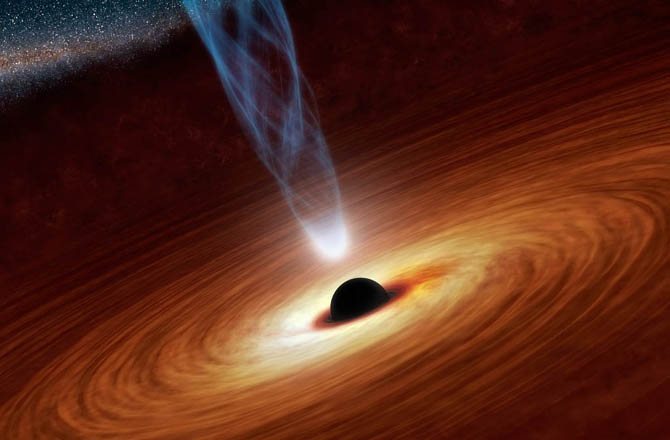
Astronomers have conclusively measured the spin of a black hole for the first time by detecting the mind-bending relativistic effects that warp space-time at the very edge of its event horizon -- the point of no return, beyond which even light cannot escape.
By monitoring X-ray emissions from iron ions (iron atoms with some electrons missing) trapped in the black hole’s accretion disk, the rapidly-rotating inner edge of the disk of hot material has provided direct information about how fast the black hole is spinning.
And by doing this, a long-standing controversy surrounding black hole studies has been laid to rest.
ANALYSIS: NuSTAR Spies Ravenous Black Holes
The spinning supermassive black hole lives in the heart of the nucleus of NGC 1365, a nearby galaxy some 56 million light-years away.
X-Ray Fireworks
Accretion disks consist of any material that has drifted too close to the gravitational dominance of a black hole. Gas, dust, even stars succumb to the force inside an active galactic nucleus (AGN). Some material will feed the black hole, whereas a surplus of matter is ejected from the black hole’s poles, blasting into space as jets of material traveling close to the speed of light, generating an intense cosmic fireworks display.
AGNs can be dazzling, shining bright in X-ray radiation -- an indication that the supermassive black hole lurking inside is feeding.
Now, astronomers using data from NASA’s brand new Nuclear Spectroscopic Telescope Array (NuSTAR) -- that was launched into Earth orbit in June 2012 -- and the European observatory XMM-Newton have used this X-ray radiation as a tool to directly measure the spin of NGC 1365’s black hole.
“The accretion disk isn’t hot enough to generate X-rays itself, these X-rays generated in the jet shine down on the disk and reflect off of it, exciting the iron,” Fiona Harrison, professor of physics and astronomy at the California Institute of Technology, Pasadena, Calif., and principal investigator of the NuSTAR mission, told Discovery News. “That’s what enables us to see the accretion disk -- we’re seeing reflected X-rays off the disk.”
ANALYSIS: Surprise! NuSTAR Spots Galaxy's Black Hole Flash
“We selected (NGC 1365) because it is bright in X-rays, and previous observations with less powerful satellites suggested that this could be a good candidate for such a study,” said astronomer Guido Risaliti, of the Harvard-Smithsonian Center for Astrophysics, Cambridge, Mass., and the Italian National Institute for Astrophysics, and lead author of research published today (Feb. 27) in the journal Nature.
The environment near the black hole’s event horizon is extreme; the fabric of space-time itself is being warped by the spin of the black hole, dragging the inner edge of the accretion disk with it. As the disk of material rapidly rotates -- like the vortex of a water funnel down a plughole -- it is still emitting X-rays.
The emission from this component of the accretion disk should therefore be stretched, or redshifted, providing astronomers with a means of quantifying how fast the black hole is spinning.
“We’re actually using the rotation of the disk to measure the spin of the black hole,” Harrison added.
.
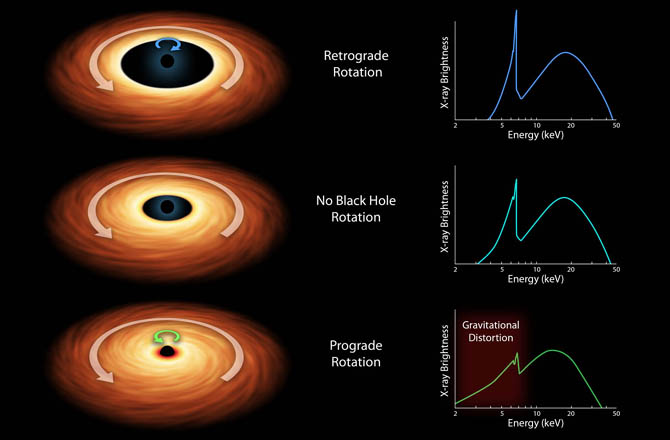
.
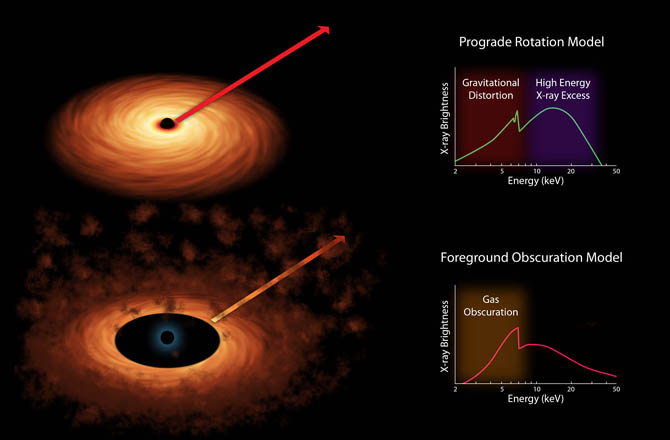
.
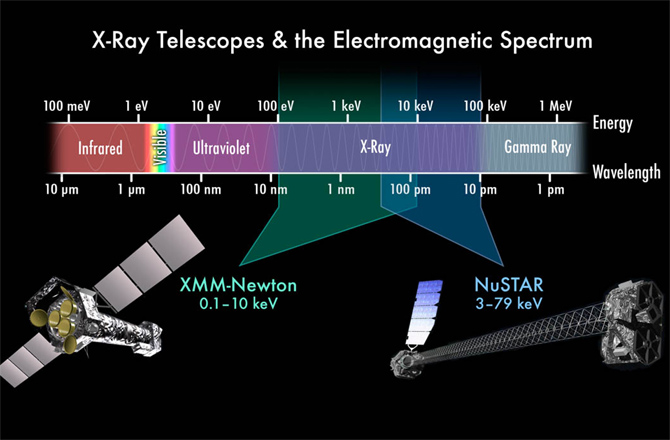
.
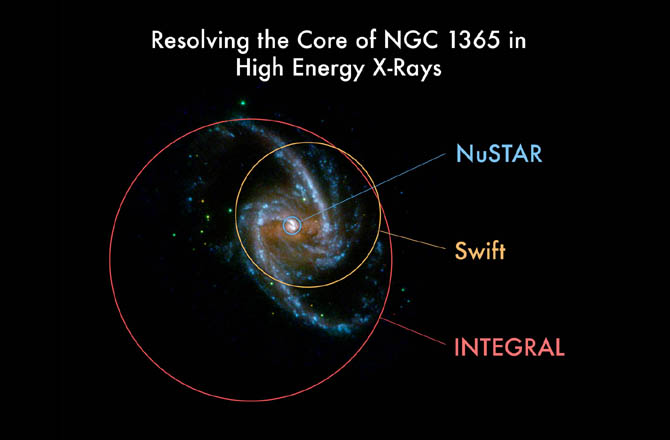
.
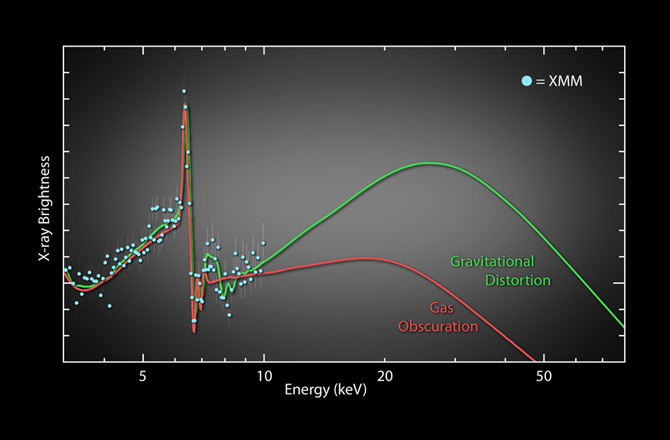
.
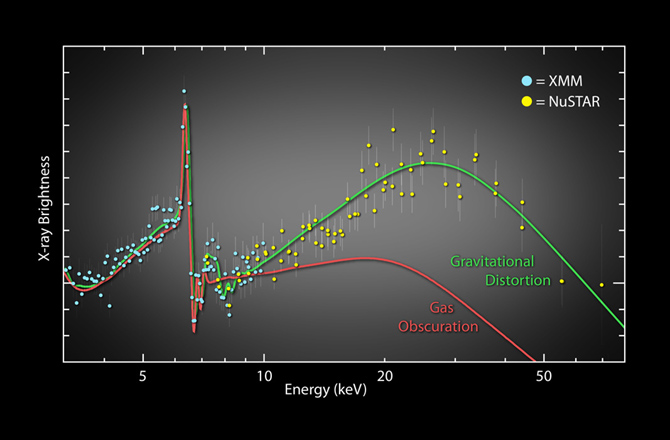
Quelle:DNEWS
5067 Views

